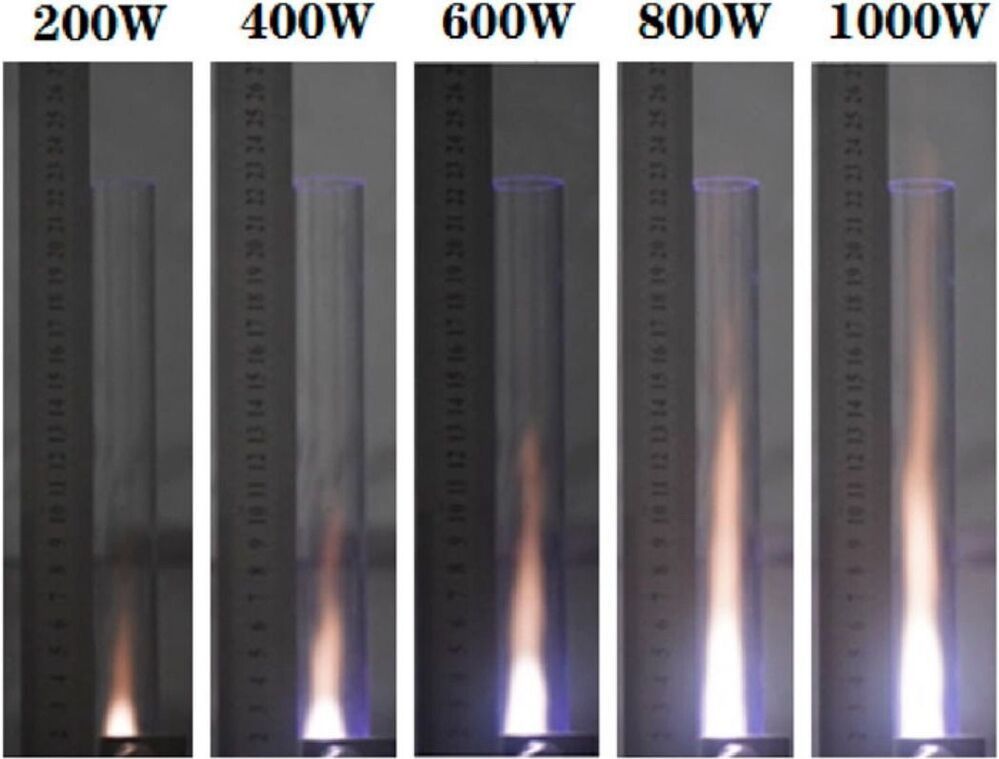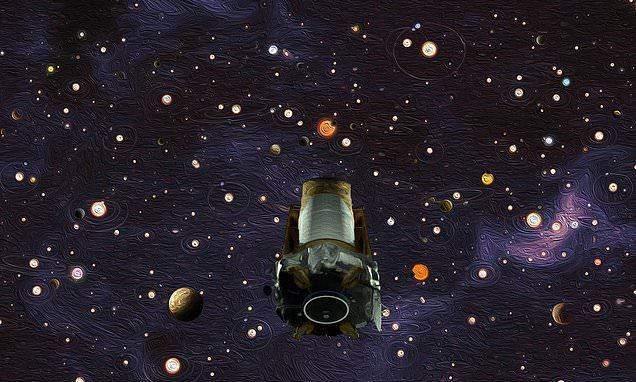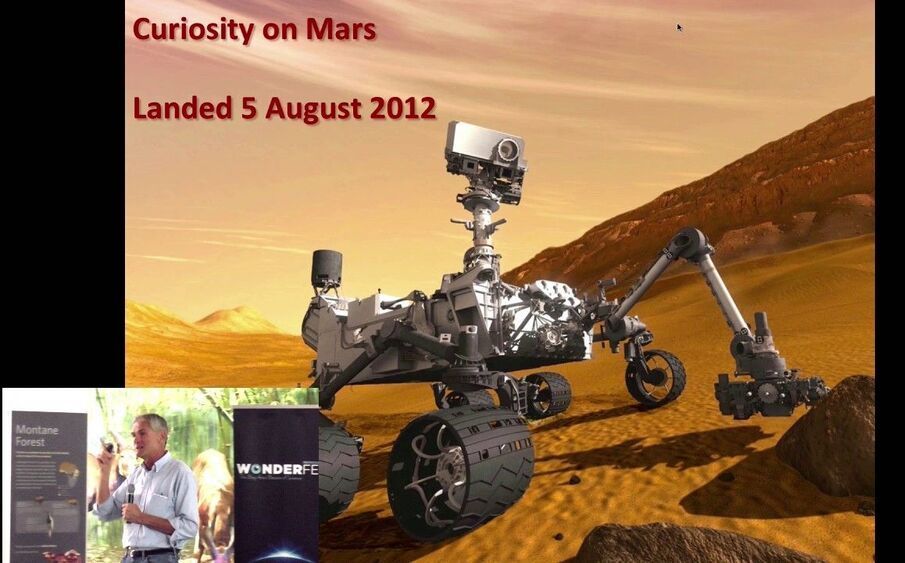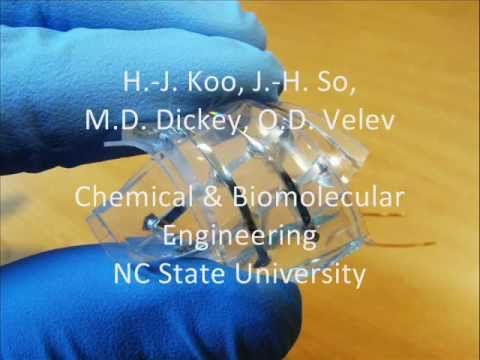Nov 9, 2020
First passengers travel safely on a Hyperloop
Posted by Future Timeline in category: transportation
In the Nevada desert yesterday, Virgin Hyperloop tested human travel in a hyperloop pod for the first time.
In the Nevada desert yesterday, Virgin Hyperloop tested human travel in a hyperloop pod for the first time.
SAN FRANCISCO – L3Harris Technologies will help the U.S. Defense Department extract information and insight from satellite and airborne imagery under a three-year U.S. Army Research Laboratory contract.
L3Harris will develop and demonstrate an artificial intelligence-machine learning interface for Defense Department applications under the multimillion-dollar contract announced Oct. 26.
“L3Harris will assist the Department of Defense with the integration of artificial intelligence and machine learning capabilities and technologies,” Stacey Casella, general manager for L3Harris’ Geospatial Processing and Analytics business, told SpaceNews. L3Harris will help the Defense Department embed artificial intelligence and machine learning in its workflows “to ultimately accelerate our ability to extract usable intelligence from the pretty expansive set of remotely sensed data that we have available today from spaceborne and airborne assets,” she added.

A Chinese team has demonstrated a prototype of a microwave plasma thruster capable of working in the Earth’s atmosphere and producing thrust with an efficiency comparable to the jet engines you’d find on modern airliners – under laboratory conditions.
Plasma thrusters are already operational on spacecraft as a means of solar-electric locomotion, using xenon plasma, but such things are no use in the Earth’s atmosphere, as accelerated xenon ions lose most of their thrust force to friction against the air. Not to mention, they only make a small amount of thrust in the first place.
Continue reading “Electric microwave plasma thruster could rival traditional jet engines” »

There are around 300 million planets that exist outside our Solar System but within the Milky Way which could potentially harbour life. According to research from NASA, four of them are within just 30 light-years from Earth, with the closest just 20 light-years away, NASA claims.
They went in search of the Holy grail of astronomical research, scouring for the ‘Goldilock’s Zone’ where life may thrive.
Continue reading “Milky Way holds at least 300 MILLION habitable planets, NASA claims” »

The idea of terraforming Mars is a fascinating idea. … But just how long would such an endeavor take, what would it cost us, and is it really an effective use of our time and energy?
Ultimately, Yakovlev thinks that space biospheres could also be accomplished within a reasonable timeframe – i.e. between 2030 and 2050 – which is simply not possible with terraforming. Citing the growing presence and power of the commercial space sector, Yakovlev also believed a lot of the infrastructure that is necessary is already in place (or under development).
Continue reading “The future of space colonization – terraforming or space habitats?” »
Have no fear: the Jolly Green II is finally here.
The Air Force officially took possession of its first two HH-60W Jolly Green II combat rescue helicopters at Moody Air Force Base last week, the service announced.
23rd Wing and 347th Rescue Group leadership took receipt of the new helos after they were flown from Lockheed Martin’s Sikorsky Training Academy in Connecticut to Moody AFB in Georgia by Air Force personnel.

Circa 2011
There is a physical and electrical disconnect between the world of electronics and the world of biology. Electronics tend to be rigid, operate using electrons, and are inherently two-dimensional. The brain, as a basis for comparison, is soft, operates using ions, and is three-dimensional. Researchers have therefore been looking to find different routes to create biocompatible devices that work well in wet environments like biological systems. In an exiting new development, researchers from North Carolina State University have fabricated a memory device that is soft, entirely based on liquid-based matter, and functions well in wet environments — opening the door to a new generation of biocompatible electronic devices.
Circa 2019
Could molten salt reactors might just turn nuclear power into the greenest energy source on the planet?
At high concentrations, reactive oxygen species—known as oxidants—are harmful to cells in all organisms and have been linked to aging. But a study from Chalmers University of Technology, Sweden, has now shown that low levels of the oxidant hydrogen peroxide can stimulate an enzyme that helps slow down the aging of yeast cells.
One benefit of antioxidants, such as vitamins C and E, is that they neutralize reactive oxygen species —known as oxidants—which may otherwise react with important molecules in the body and destroy their biological functions. Larger amounts of oxidants can cause serious damage to DNA, cell membranes and proteins for example. Our cells have therefore developed powerful defense mechanisms to get rid of these oxidants, which are formed in our normal metabolism.
It was previously believed that oxidants were only harmful, but recently, scientists have begun to understand that they also have positive functions. Now, the new research from Chalmers University of Technology shows that the well-known oxidant hydrogen peroxide can actually slow down the aging of yeast cells. Hydrogen peroxide is a chemical used for hair and tooth whitening, among other things. It is also one of the metabolically produced oxidants that is harmful at higher concentrations.

Buy the best gadgets at SharperImage.com. Thoroughly clean clothes, jewelry, produce, silverware, glasses and more using just one device… The
